
Take a quick look at kubectl commands that are essential for managing your Kubernetes deployments.

Take a quick look at kubectl commands that are essential for managing your Kubernetes deployments.

Kubernetes is the 800-pound gorilla of container orchestration. It powers some of the biggest deployments worldwide, but it comes with a price tag...
⚙️ A Gentle introduction to Kubernetes with more than just the basics. 🌟 Give it a star if you like it. - eon01/kubernetes-workshop
minikube is local Kubernetes, focusing on making it easy to learn and develop for Kubernetes. All you need is Docker (or similarly compatible) container or a Virtual Machine environment, and Kubernetes is a single command away: minikube start What you’ll need 2 CPUs or more 2GB of free memory 20GB of free disk space Internet connection Container or virtual machine manager, such as: Docker, QEMU, Hyperkit, Hyper-V, KVM, Parallels, Podman, VirtualBox, or VMware Fusion/Workstation 1Installation Click on the buttons that describe your target platform. For other architectures, see the release page for a complete list of minikube binaries.

Kubernetes has changed the way I operate software. Whole classes of production problems have disappeared–arguably to be replaced by others. But such is the way of the world. All told I’m happier operating a microservices app today than I was before I started using Kubernetes.
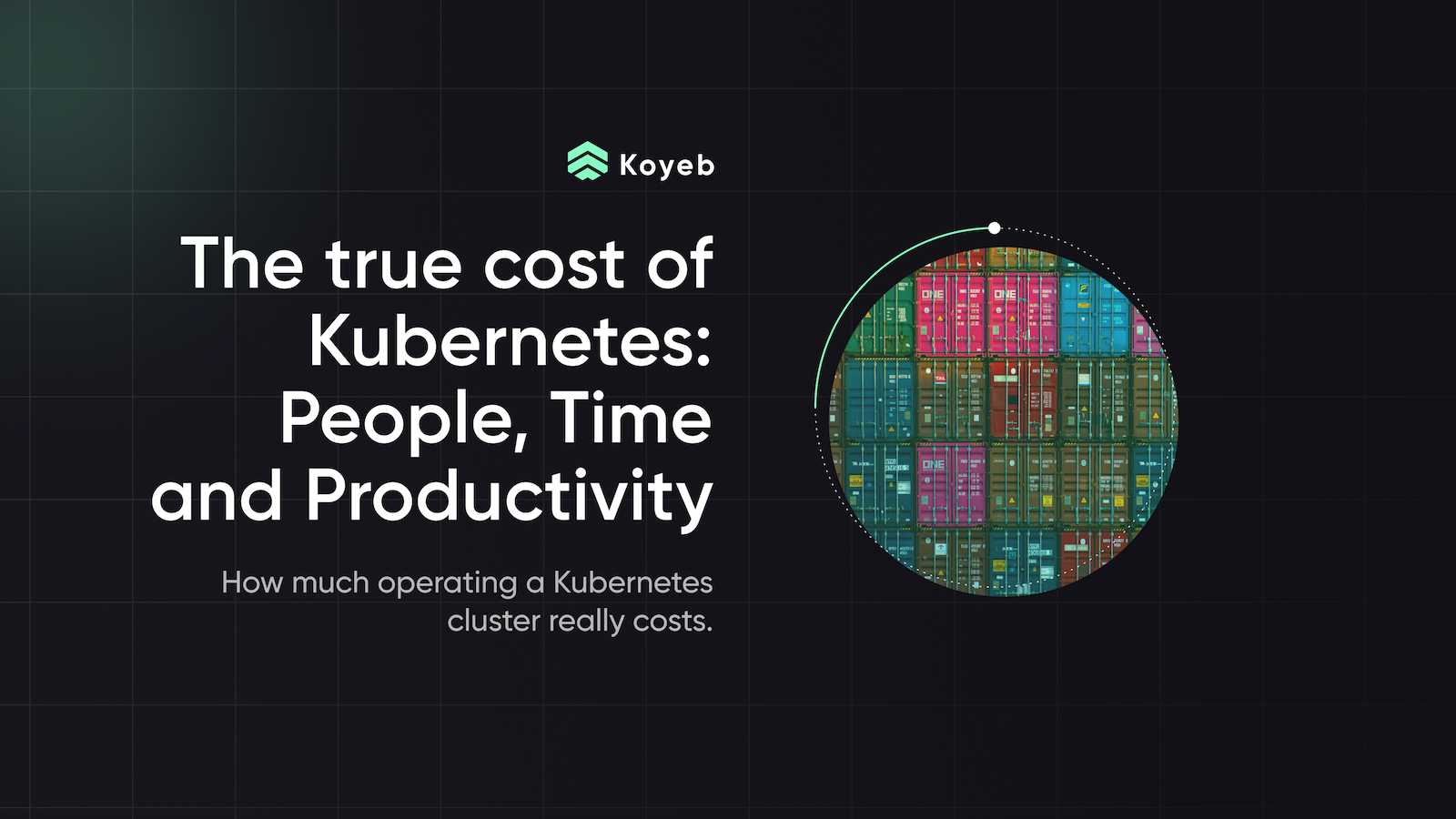
While writing a comparison of Kubernetes and Koyeb, we tried to determine how much operating a Kubernetes cluster really costs. This section of our comparison took us hours to write and ended up being so long that we decided to write a dedicated post about it. Kubernetes is a proven technology, but the true cost is often underestimated: this post investigates the actual financial costs of using Kubernetes.
If you’ve been following kubernetes, you’ll understand theres a myriad of options available… I’ll cover a few of them briefly and why I didn’t choose them. Don’t know what Kubernetes is? Minikube is the best way to get going locally. This guide will take you from nothing to a 2 node cluster, automatic SSL for deployed apps, a custom PVC/PV storage class using NFS, and a private docker registry. Helpful tips and bugs I ran into are sprinkled throughout their respective sections.
MicroK8s is the simplest production-grade conformant K8s. Lightweight and focused. Single command install on Linux, Windows and macOS. Made for devOps, great for edge, appliances and IoT. Full high availability Kubernetes with autonomous clusters and distributed storage.

Modern application infrastructure is being transformed by containers. The question is: How do you get started?

Kubernetes, also known as K8s, is an open source system for automating deployment, scaling, and management of containerized applications. It groups containers that make up an application into logical units for easy management and discovery. Kubernetes builds upon 15 years of experience of running production workloads at Google, combined with best-of-breed ideas and practices from the community. Planet Scale Designed on the same principles that allow Google to run billions of containers a week, Kubernetes can scale without increasing your operations team.

Kubernetes is powerful, but that does not mean it’s the right choice for every team and every app. It is made to solve a certain set of problems.
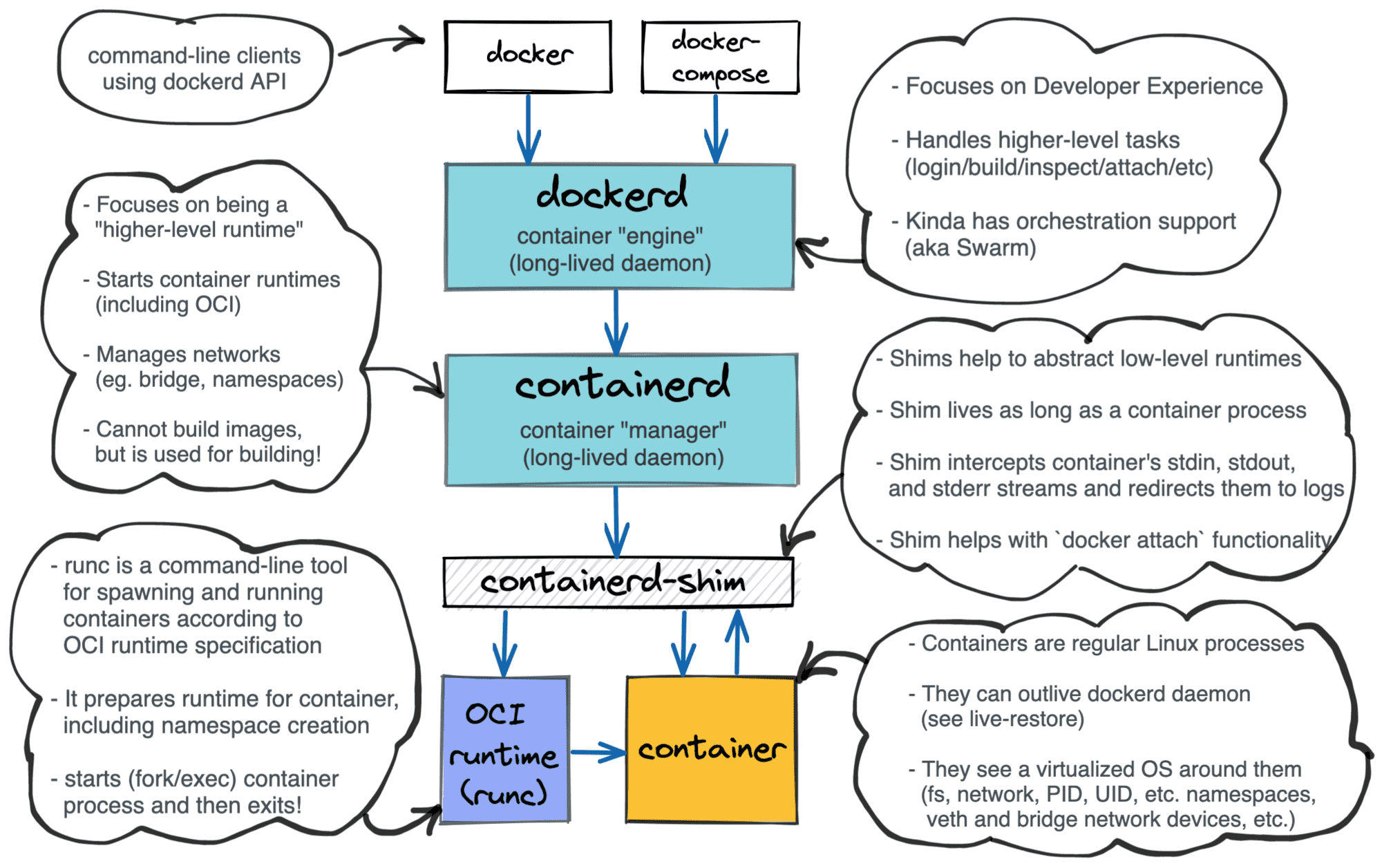
What is a Container? Container vs. VM? Docker vs. Kubernetes. How to organize the learning efficiently?

“No, we don’t use Kubernetes”. That always gets raised eyebrows... so we decided to write about our reasoning behind this cloud architecture decision.
This article explains why Docker is now deprecated in Kubernetes.

SLOs are a lot easier with a service mesh in han. In this tutorial, you’ll learn how to easily create service health SLOs on Kubernetes with Prometheus, an open source time-series database, and Linkerd, an open source ultralight service mesh. You’ll see how using a service mesh can solve one of the...
Overview The Docker driver allows you to install Kubernetes into an existing Docker install. On Linux, this does not require virtualization to be enabled. Requirements Install Docker 18.09 or higher (20.10 or higher is recommended) amd64 or arm64 system. If using WSL complete these steps first Usage Start a cluster using the docker driver: minikube start --driver=docker To make docker the default driver: minikube config set driver docker Requirements Docker 20.10 or higher, see https://rootlesscontaine.rs/getting-started/docker/ Cgroup v2 delegation, see https://rootlesscontaine.rs/getting-started/common/cgroup2/ Kernel 5.11 or later (5.13 or later is recommended when SELinux is enabled), see https://rootlesscontaine.rs/how-it-works/overlayfs/ Usage Start a cluster using the rootless docker driver:

Get started with the best Machine Learning platform for Kubernetes in 10 minutes.
Example code and files from "Kubernetes: Up and Running" - kubernetes-up-and-running/examples

Learn how to set up a real-world, production-ready Kubernetes cluster using Amazon Elastic Kubernetes Service (Amazon EKS) and Terraform.
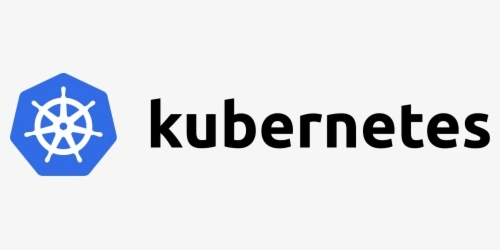
Have you ever wondered how companies like Facebook are able to serve applications to Billions of...
Deploy, scale and manage your machine learning services with Kubernetes and Terraform on GCP.
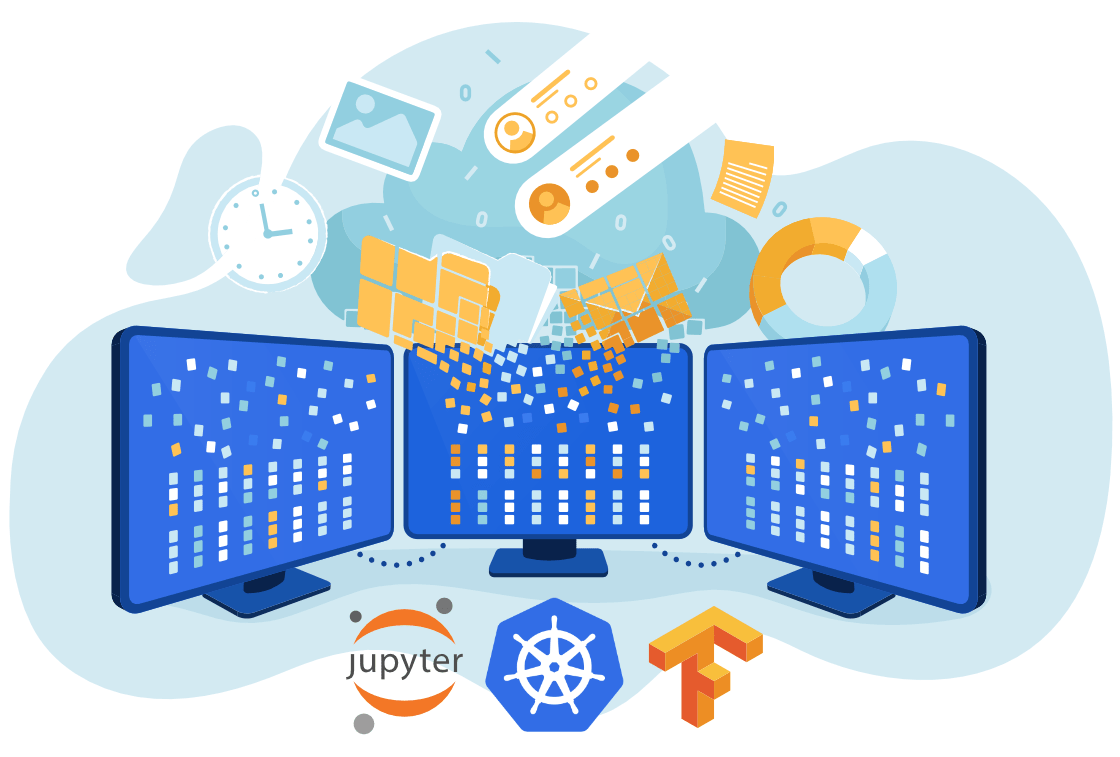
In this article, you will explore how you can leverage Kubernetes, Tensorflow and Kubeflow to scale your models without having to worry about scaling the infrastructure.
Production-Grade Container Scheduling and Management - kubernetes/kubernetes
In this article, my goal is to get purpose of Kubernetes, to understand philosophy.